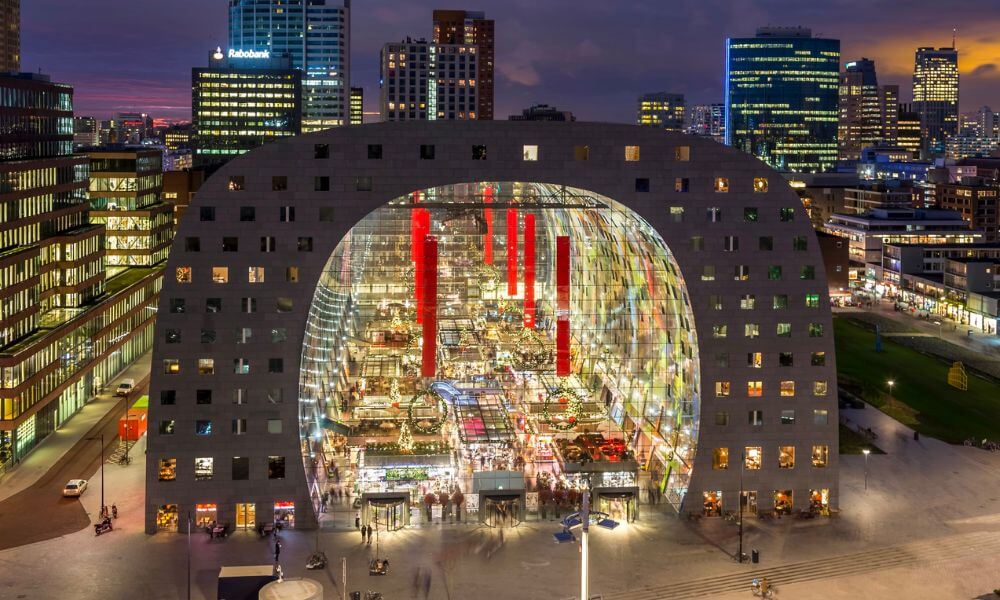Rotterdam, the second largest city in the Netherlands and Europe’s largest port, is currently undergoing a makeover from a metropolis beset by urban problems to a cool location to visit or reside.
Long overshadowed by Amsterdam, crowdfunding initiatives and eye-catching new construction have recently enhanced Rotterdam’s mood and image.
Some are now wondering if the metropolis of 630,000 inhabitants from 170 nationalities has what it takes to be Europe’s next cool capital. Here are a few reasons to visit Rotterdam right now.
There are free outdoor art galleries available.
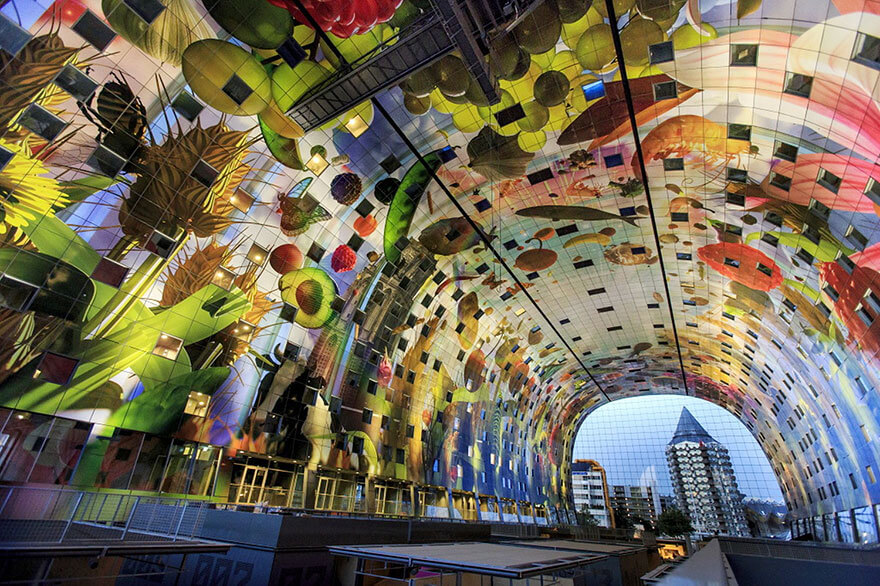
Art lovers do not need to visit a museum to see art in Rotterdam. Giant sculptures may be seen as you go throughout the city. The 46-ton “Sylvette” by Pablo Picasso stands near the intersection of Museumpark and Westersingel, as part of a sculpture path that stretches beside Rotterdam’s Westersingel canal.
Auguste Rodin’s “L’homme qui marche,” a headless, armless sculpture of a walking man, will be returned to the museum in March following a loan to Wuppertal, Germany. Sculpture International Rotterdam curates the Westersingel Sculpture Route and public artworks throughout Rotterdam.
Rotterdam has an incredible market hall.
In October 2014, Rotterdam launched the Markthal, a covered market hall and apartment complex, providing the city with a radical icon to attract visitors.
Apartments rise above 96 kiosks selling everything from Dutch cheese to fresh seafood, as well as a variety of other regional foods and beverages. The world’s largest artwork is displayed on the Markthal’s ceiling.
The “Horn of Plenty” by Arno Coenen is a vivid art sculpture that spans over 13,000 square yards and depicts fruit tumbling from a summer sky, grazing cows, and flowers. The artwork’s panels help to reduce noise in the market hall.
There is a neighborhood called Cool District.
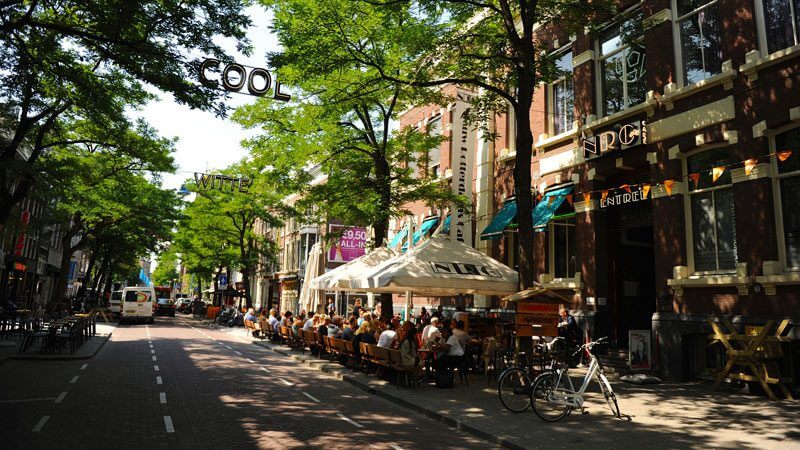
Many cities have cool districts, but Rotterdam can literally claim to have a Cool District. The neighborhood, pronounced ‘coal’ in Dutch, was a separate municipality to Rotterdam until 1816 and is today dotted with high street retailers and eateries. By 2020, plans are in the works to renovate “Coolsingel,” the large roadway in front of Rotterdam’s municipal hall.
When the project is completed, traffic flow will be reduced, and walkers and bicycles will have more space.
Its residents want to surf.
Rotterdam has recently urged its inhabitants to help shape the city. Residents proposed ideas for funding and then voted on the most popular ones.
One proposal, proposing an urban surfing area on Steigersgracht near the Markthal, has encountered legal problems but is expected to open in 2017. The Luchtsingel, a 1,280-foot-long pedestrian bridge connecting Rotterdam’s central station to the northern neighborhood, opened in 2015. Crowdfunding, which was obtained by inscribing names on the bridge’s wooden planks in exchange for a donation, contributed to the construction of the yellow Luchtsingel.
Rotterdam has lively nightlife.
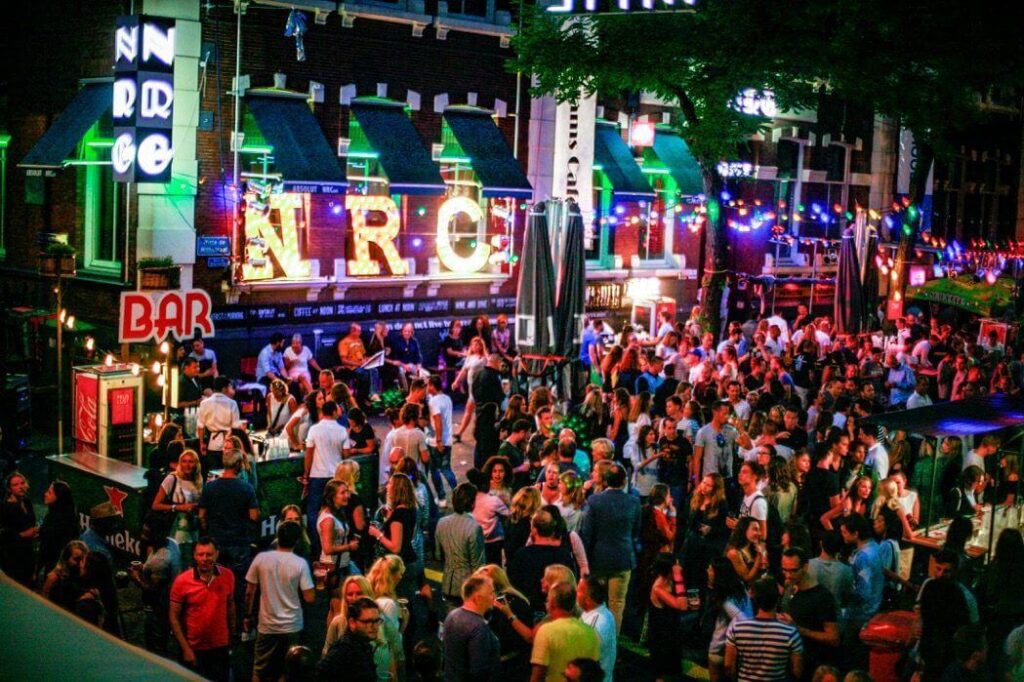
Witte de Withstraat, the busy street at the center of Rotterdam’s nightlife scene, is home to a multitude of pubs, cafes, and restaurants. A few art galleries, such as Gallerie Ecce and Gallerie van Eijck, add to the area’s cultural credentials.
Seats are laid out on the sidewalk in front of bars such as De Witte Aap when the weather is fine. Ballroom, named for bitterballen, a famous deep-fried Dutch snack, claims to have the world’s largest assortment of gin and tonics.
The ancient red light area is being revitalized.
The Fenix Food Factory is housed in a disused warehouse in the city’s Katendrecht neighborhood. Young entrepreneurs sell locally produced food and drinks here, assisting in the transformation of what was once a decrepit red light area.
Visitors can sit in the building’s social space or on benches facing the waterfront. On Fridays and Sundays, the Kaapse Brouwers brewpub hosts live jazz sessions.
Everyone is planting vegetables in Rotterdam
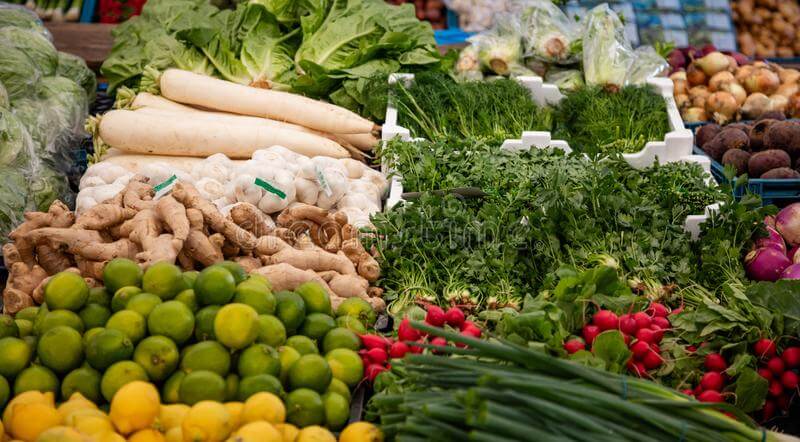
When many urban youngsters are unaware of where their food originates, Uit Je Eigen Stad provides young people in Rotterdam with the opportunity to try their hand at farming. The program, whose name translates as “from your own city,” is centered on a former dockland in the city’s western suburbs.
Vegetables grown on the urban farm are offered in the on-site restaurant and a café/shop at Rotterdam Central Station (24ab Proveniersplein). In an environmentally conscious effort to eliminate food delivery, city rooftops are also being used to grow fruit and vegetables.
The structure floats.
Architects in Rotterdam are working on concepts for floating houses to assist maximize living space in a city with a lot of water. A Floating Pavilion is already used to host events at Rijnhaven, on the city’s Nieuwe Maas River.
Cows will soon be milked on Rotterdam’s Floating Farm, which is set to open in 2017.
The architect of the self-sustaining dairy platform, Peter van Wingerden, believes floating farms could be a means for future cities to feed their rising populations while reducing land pressure.
It has long admired inventive structures.
Some argue that Rotterdam embraces contemporary architecture as a result of the destruction of many of its historic landmarks after a German air raid on May 14, 1940. Even before World War II, new buildings were being built in Rotterdam, such as the Sonneveld House, a Modernist family residence from the 1930s.
The Witte Huis, an Art Nouveau-style highrise that presently houses a café, was built in 1898 and is considered a proto-skyscraper.
Two of the city’s most notable skyscrapers are the World Port Center by Foster & Partners and the KPN Telekom Building by Renzo Piano. De Rotterdam, designed by Rem Koolhaas, is envisioned as a vertical metropolis.
Rotterdam has museums everywhere.
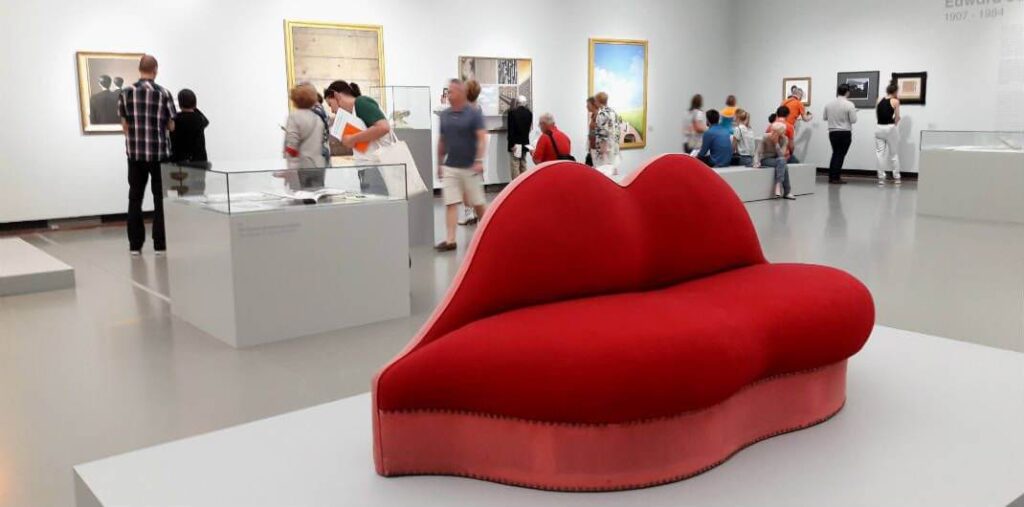
The Museum Park in Rotterdam boasts plenty of open green space to enjoy the sun. It is surrounded by the Natural History Museum and the Kunsthal, which features changing art exhibitions.
The Museum Boijmans Van Beuningen houses world-class artworks by Piet Mondrian and Vincent van Gogh, as well as Gerrit Rietveld’s applied designs. The Dutch governmental archive on architecture is housed at Het Nieuwe Instituut, which also holds design-related exhibitions.
Why is the Veluwemeer Aqueduct a Unique Water Bridge in the Netherlands?
